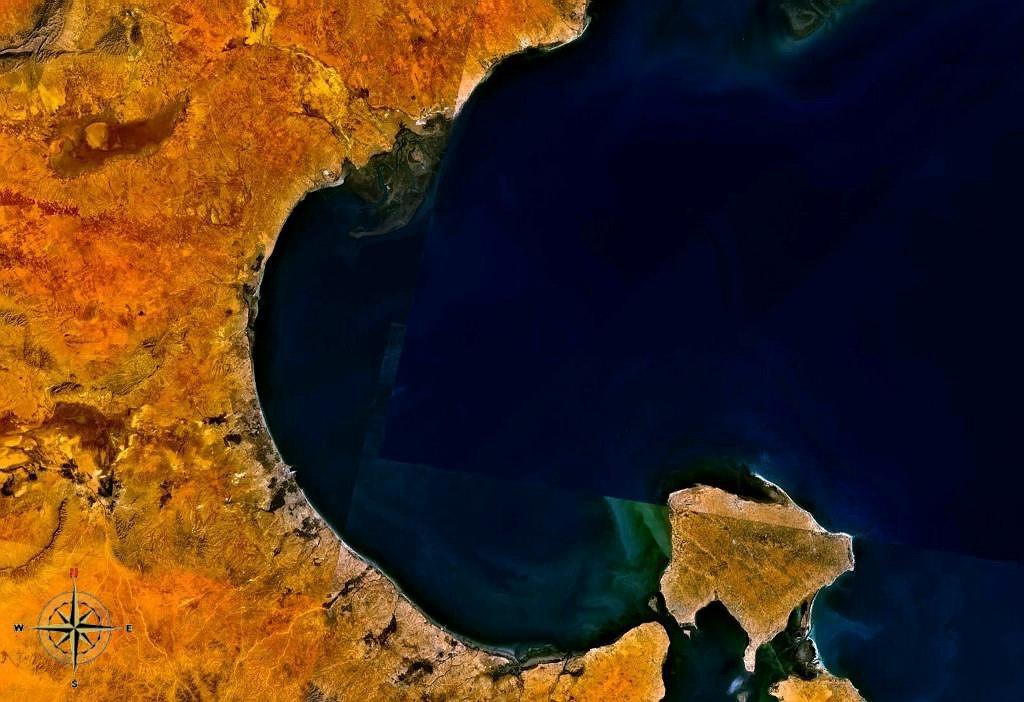The Gulf of Gabés, Sfax and the Kneiss islands: an environmental patrimony under anthropic pressure is one of the ENSERES areas of intervention

One of the most beautiful and precious stretches of coast in the Mediterranean, where the balance between human activities and environment is unfortunately deteriorating, year after year. The municipality of Sfax and the Kneiss Islands are hosted by the Gulf of Gabes, which rests on a wide continental plateau without elevations and with a slight slope, topographical characteristics which, together with the biological and geographical ones, have always made it an ideal marine quadrant for the reproduction and growth of countless animal and plant species.
The Kneiss Islands represent perhaps the most important natural space of the gulf. The archipelago is located 3.5 km from the coast, and consists of four small islands: Dziret el Bessila, Dziret el Hjar, Dziret el Laboua and Dziret el Gharbia. All the islands have limestone cores, and are covered with rain lakes and wetlands of such high environmental value that they were included in the 2007 Ramsar International Convention. The median, pre-desert position of the gulf makes it a crucial place for the movement and nesting of migratory birds. Over 70% of the species recorded in Tunisia are hosted by the Kneiss Islands, which became a Marine Protected Area in 1993. There are 330,000 specimens according to the latest censuses. These include the Little Egret, the Redshank, the Slender Beaked Seagull, the Spatula and the Greater Flamingo.
The archipelago is overlooked by Sfax, capital of the province (over one million inhabitants) and major economic hub of Tunisia with its factories and its powerful tourist flow, spread over the 235 km of the coastline. The pollution generated by industrial production weighs heavily on the entire region. Recently Sfax has also been at the center of social tensions generated by the appalling accumulation of waste in the streets of the city, caused by the closure of the Aguareb landfill, on which large quantities of toxic waste were apparently dumped. What some have defined as a real environmental catastrophe, is also encumbered by a bad canalization system, which brings important volumes of waste directly to the sea. Here the marine fauna is also threatened by the old tradition of trawling, which devastates the Posidonia meadows and impoverishes the fauna.
“We need to build a new harmony between economic activities and the environment,” explains Sarra Hihi of the Municipality of Sfax, support coordinator for the ENSERES project. “Its not easy, it will certainly take some time. But I believe that the ENSERES project has already shown that a seed can be sown. I have come to know very well the associations that operate in different ways on the environment. They have strength and enthusiasm, they have hope.
Their projects, funded by ENSERES, can be the beginning of a new attitude towards nature, they are certainly the voices of society that wants to change".







